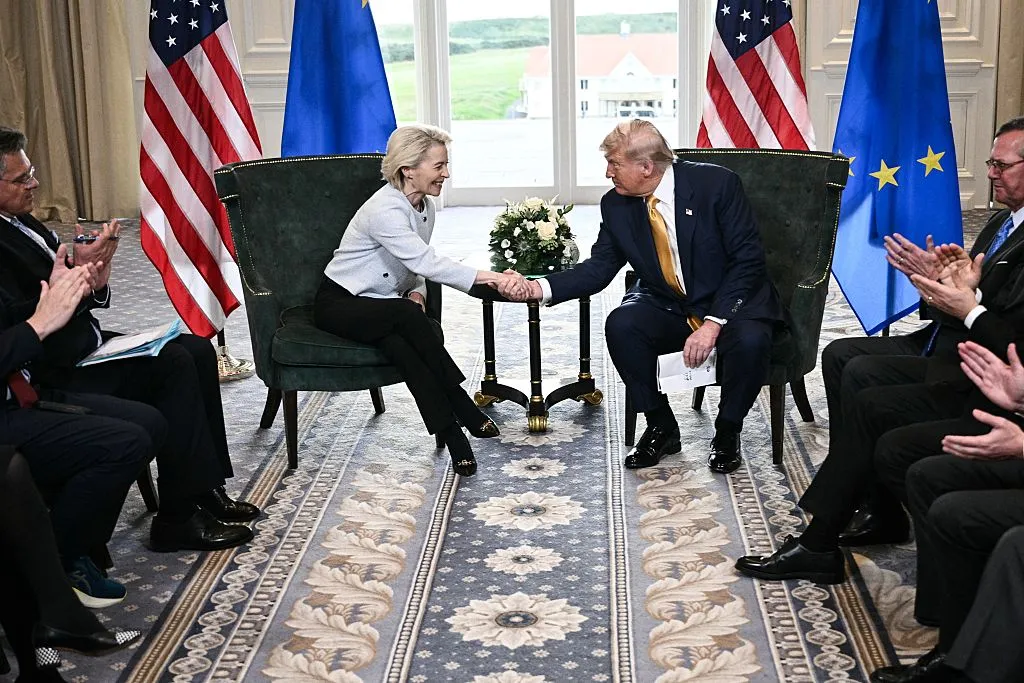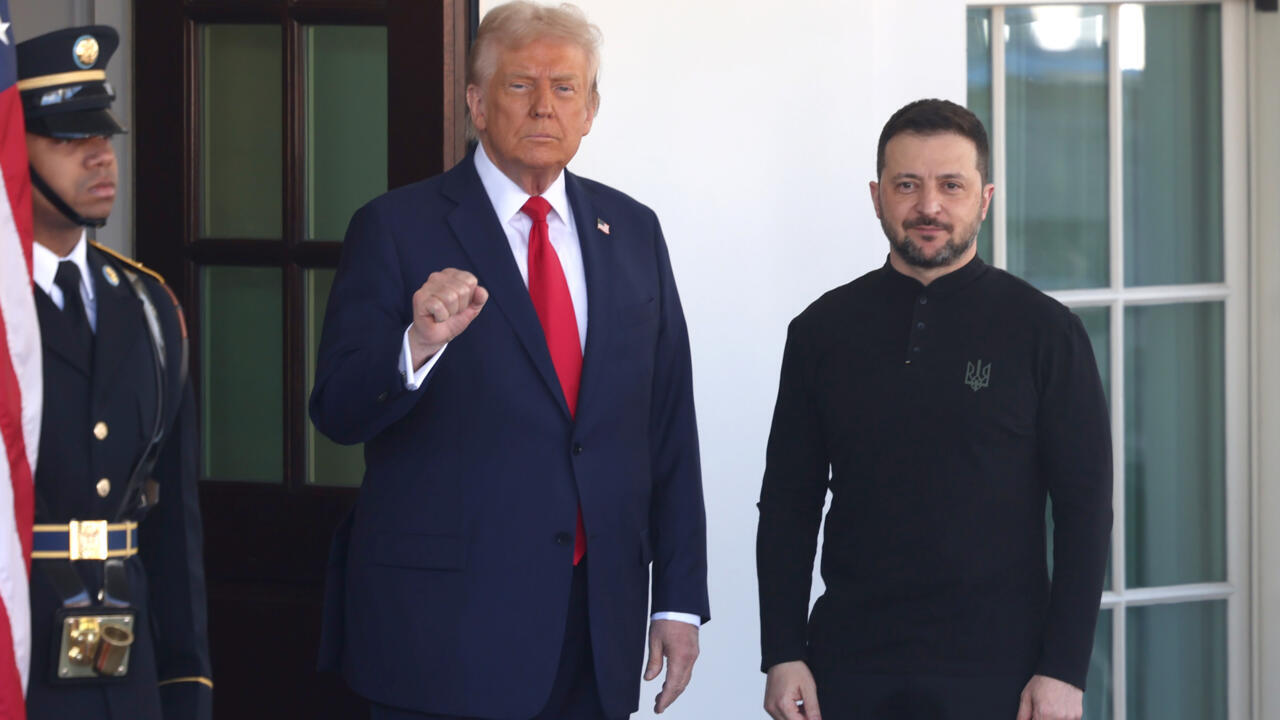The United States and the European Union have finalized a trade agreement just days before the impending tariff deadline. The deal establishes a 15% tariff on most EU imports, including automobiles, semiconductors, and pharmaceuticals, effectively averting the previously threatened 30% tariffs. This agreement was announced by U.S. President Donald Trump and European Commission President Ursula von der Leyen during a meeting at Trump’s Turnberry golf resort in Scotland.
The 15% tariff rate represents a compromise between the U.S. administration’s initial proposal and the EU’s preference for lower tariffs. Notably, certain strategic goods, such as aircraft, aircraft parts, certain chemicals, and generic drugs, will be exempt from these tariffs. However, the 50% tariffs on U.S. steel and aluminum imports remain unchanged, with discussions ongoing regarding potential quota systems.
As part of the agreement, the EU has committed to purchasing $750 billion worth of U.S. liquefied natural gas (LNG) and nuclear fuel over the next three years. This move aims to reduce Europe’s reliance on Russian gas and bolster transatlantic energy ties. The commitment has already had a positive impact on U.S. LNG producers, with companies like NextDecade, Venture Global, and Cheniere Energy experiencing stock gains between 7% and 8.8%.
European leaders have expressed mixed reactions to the deal. German Chancellor Friedrich Merz welcomed the agreement, highlighting its potential benefits for Germany’s export-driven economy, particularly the automotive sector. In contrast, French officials have criticized the deal as imbalanced, expressing concerns over the higher tariffs and their potential impact on European consumers and industries.
Economists have also weighed in, noting that while the agreement provides short-term stability, the higher tariffs could lead to increased prices for U.S. consumers and may slow economic growth in both regions. The EU’s commitment to investing $600 billion in the U.S. economy, including defense spending, is seen as a strategic move to balance the trade relationship and foster economic growth.
The trade deal is expected to last through the current U.S. presidency, providing a framework for future U.S.-EU trade relations. Both sides have emphasized the importance of the agreement in providing stability and predictability during uncertain times. The formal joint statement outlining the deal is anticipated to be released on August 1, with the U.S. executive order likely establishing the tariff rate.
This agreement marks a pivotal moment in U.S.-EU trade relations, reflecting a complex negotiation process aimed at balancing economic interests and addressing longstanding trade disputes. The coming months will be crucial in assessing the deal’s impact on global trade dynamics and the economic health of both regions.











Leave a comment